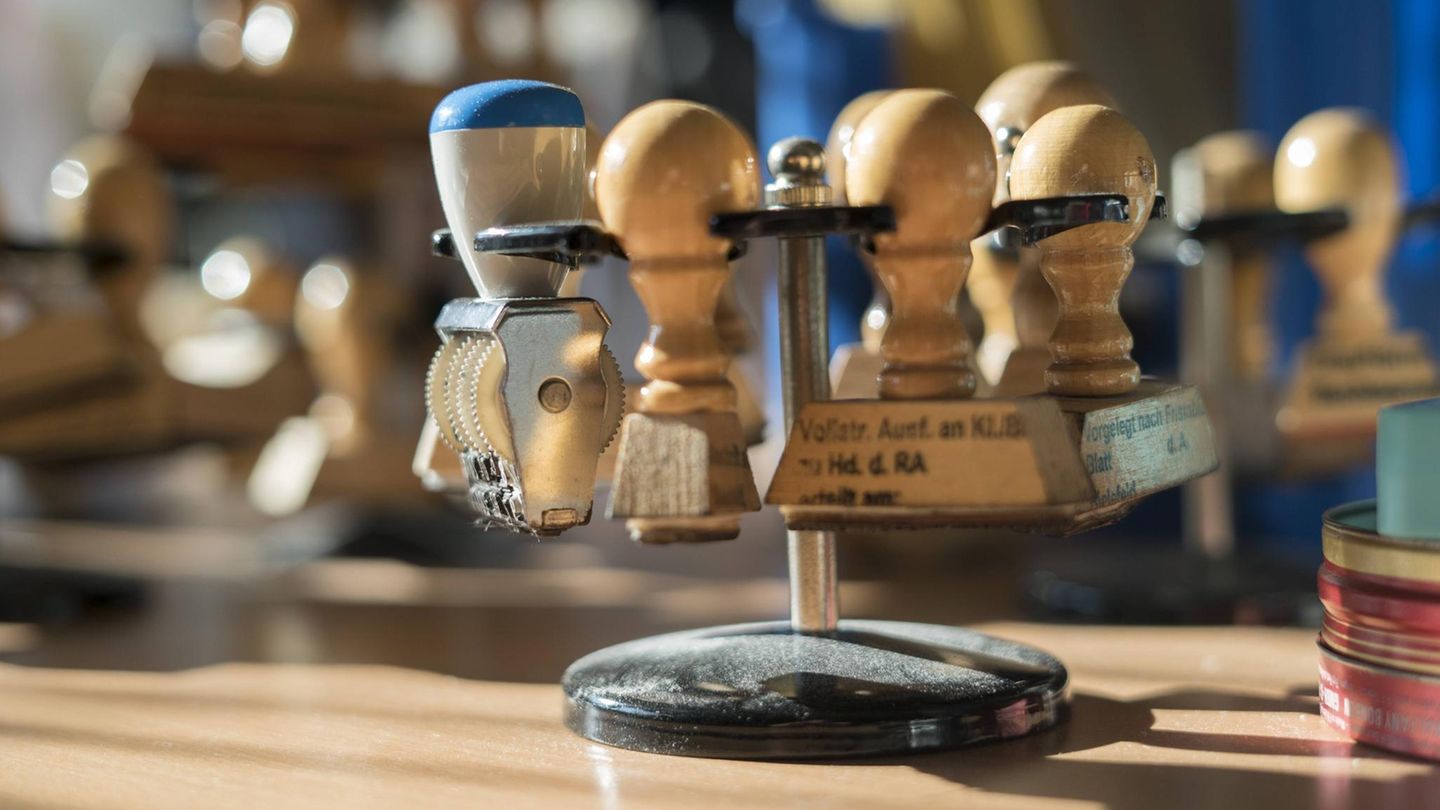Menu
At Frankfurt Airport: Super Star returns home: Lufthansa shows historical aircraft
Categories
Most Read
E-Mood has arrived at this supermarket! Mega offers on electro and technology
October 28, 2025
No Comments
Results of the microcensus: Working longer: Suits many, but not everyone
October 28, 2025
No Comments
ARCA simplifies import and export operations of less than $500 million
October 28, 2025
No Comments
Oil is limited? No! That’s how long fossil fuels can last
October 28, 2025
No Comments
Improve your pension: More than one in ten retirees continue to work
October 28, 2025
No Comments
Latest Posts

Some skeletons found in the forest near Klosterneuburg
October 28, 2025
No Comments
(symbol image) This pendant was one of the items that the police found on the deceased. The dead woman was found on August 3rd in

Civil servants receive more pay – retroactively for five years
October 28, 2025
No Comments
Cost billions Civil servants receive more pay – retroactively for five years Listen to article Copy the current link Add to watchlist The federal government

E-Mood has arrived at this supermarket! Mega offers on electro and technology
October 28, 2025
No Comments
October 28, 2025 – 10:45 This supermarket chain launches a battery of offers to access appliances and technology at unbeatable prices. Carrefour is one of
24 Hours Worlds is a comprehensive source of instant world current affairs, offering up-to-the-minute coverage of breaking news and events from around the globe. With a team of experienced journalists and experts on hand 24/7.

